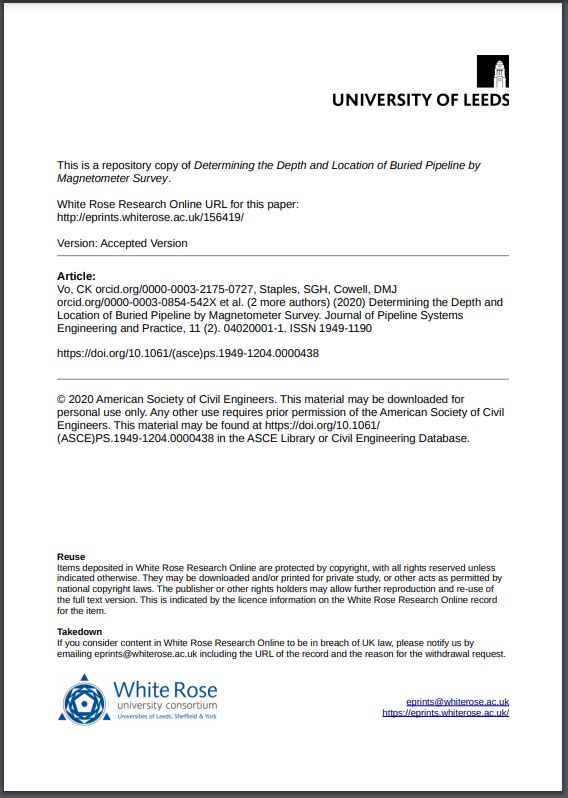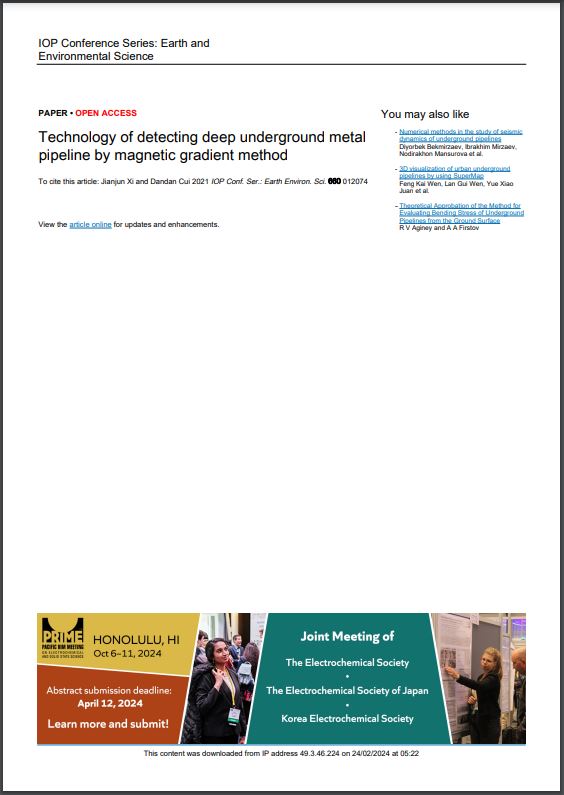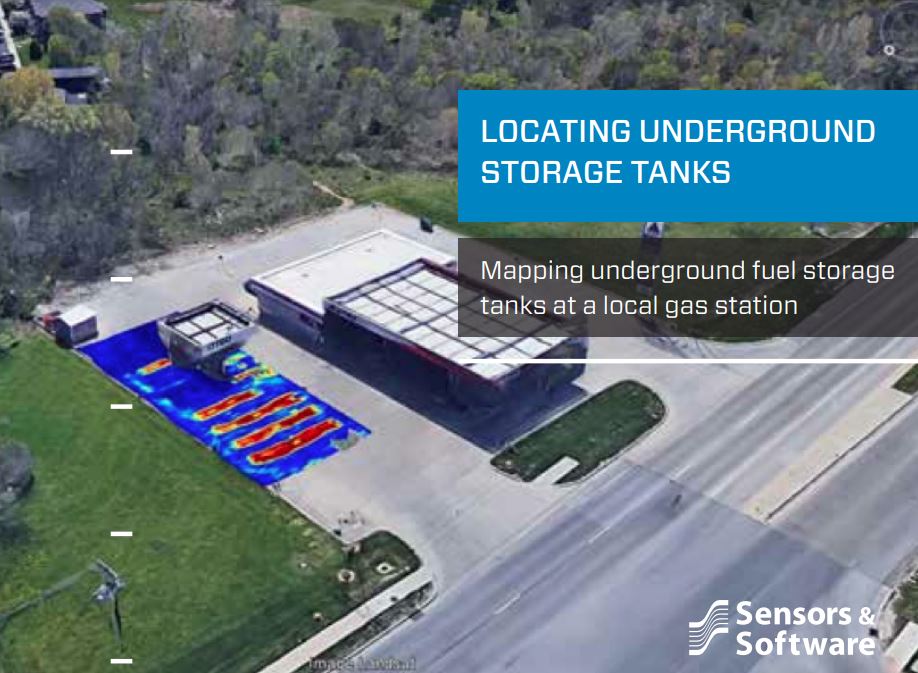GPR Concrete Scanners for Utility Locating
Handheld GPR is good for scanning 40cm or 400mm~ down into concrete structures (and other non-ferrous, low conductivity mediums and low dielectric constant materials). Great for concrete scanning jobs for clearance, locating, construction and engineering purposes.
✅ Applications of Concrete Scanning
Handheld Ground Penetrating Radar (GPR) systems like the StructureScan Mini LT, IDS c-thru, Proceq GP8000, and GSSI StructureScan Mini XT are highly specialized tools designed for scanning concrete and similar materials. Their applications are diverse and crucial in various fields, particularly in construction, engineering, and infrastructure maintenance. Here are some of the primary applications:










🆚 Concrete Portable GPR Technology Comparison Questions and Answers
Concrete Portable GPR Q&A comparison Overview.
Can find ferrous objects? Yes
Can find non-ferrous objects? Possible
Works in silty soil? Possible
Works in clayey soil? Possible
Works in organic soil? Possible
Works in sandy soil? Possible
Min frequency (MHz): Model specific, examples as low as, 1600MHz.
Available frequencies: Gpr Specific, some manufactures have 2000MHz or 2300MHz models avalaible.
Max frequency (MHz): 2600MHz
Effort, training for data interpretation: High, manufacture training, online course, in-person field training recommended.
Relative cost: Low/Medium ($15,000~$30,000)
Max depth: 40-60cm max
Specific Applications: Detects metallic and non-metallic pipe and cable utilities in real time.
Specific Utilities that can be located: Concrete Slab investigations for rebar, conduits, pipes, electrical cables, post tension cables and voids.
🤔 Conclusion of Handheld GPRs
In essence, handheld GPR systems are invaluable tools for professionals in construction, engineering, maintenance, archaeology, and more, providing critical data about concrete and similar materials with precision and efficiency. Their portability and ease of use make them particularly suitable for non destructive on-site inspections and investigations.
 GPR Concrete Scanner Video Training.
GPR Concrete Scanner Video Training.
Concrete Webinar - GPR Method & Theory

How to: Determine Reinforcement in Cinder Blocks using GPR

Find Rebar and Conduit using GPR

How to: Locate Radiant Heating Tubing with GPR
 GPR Concrete Scanner Papers
GPR Concrete Scanner Papers
StructureScan Mini LT
IDS C-Thru
Proceq GP8000
GSSI StructureScan Mini XT





